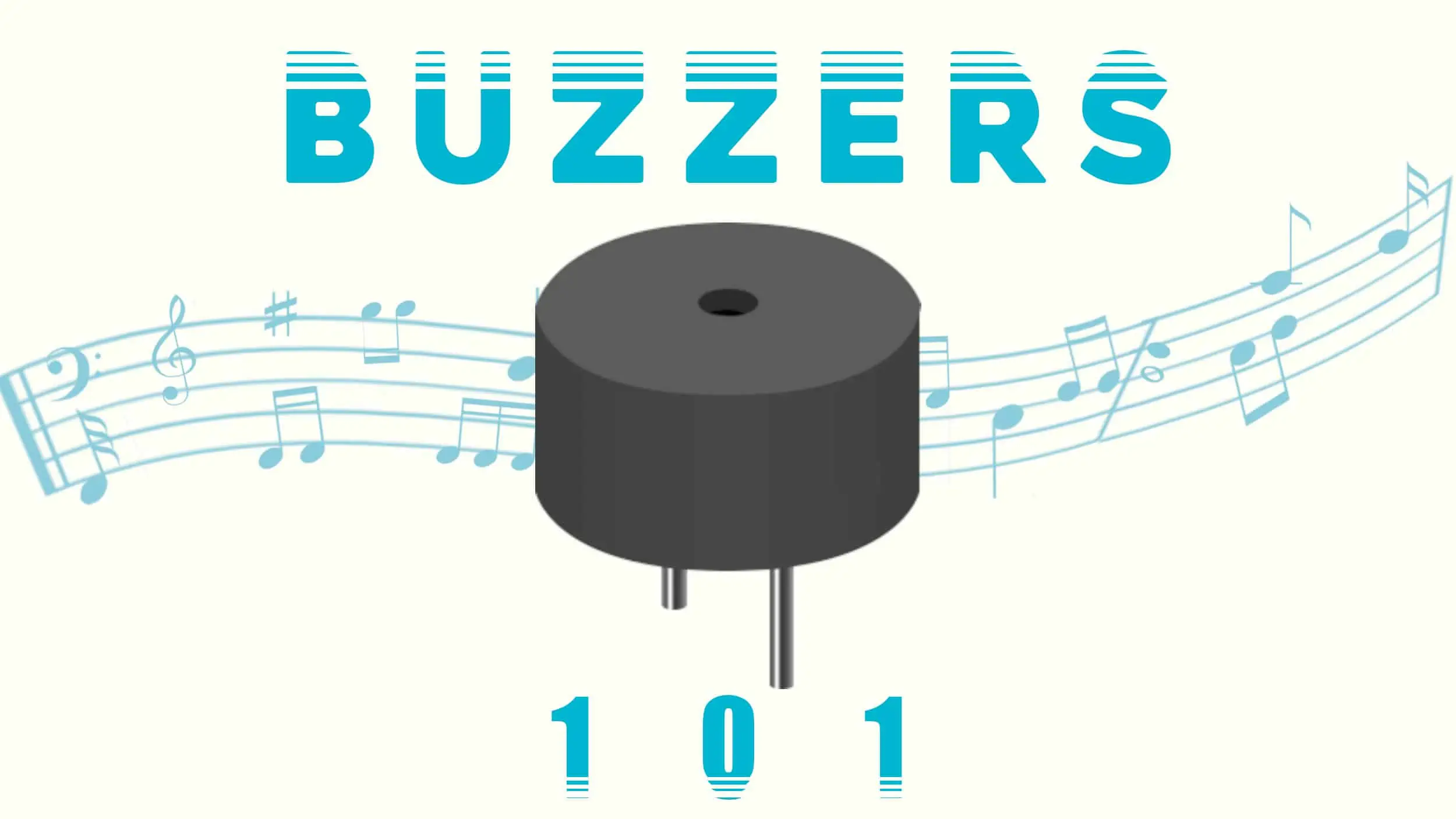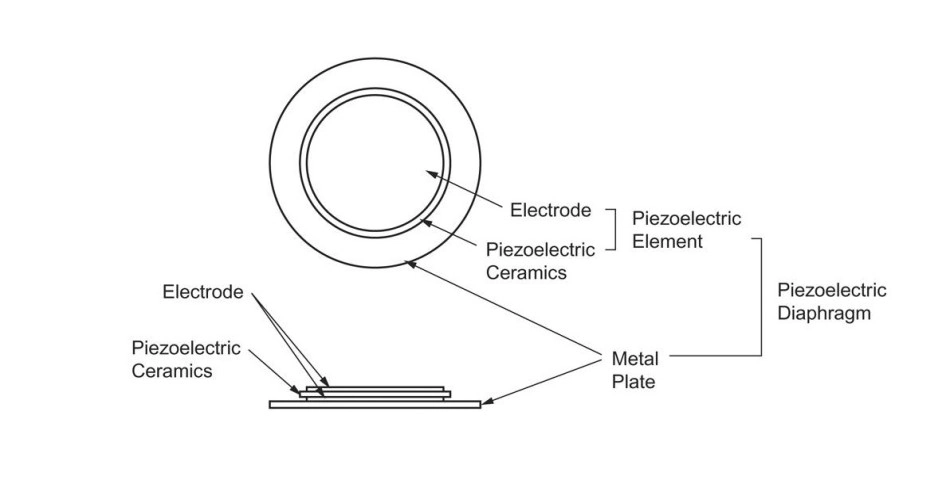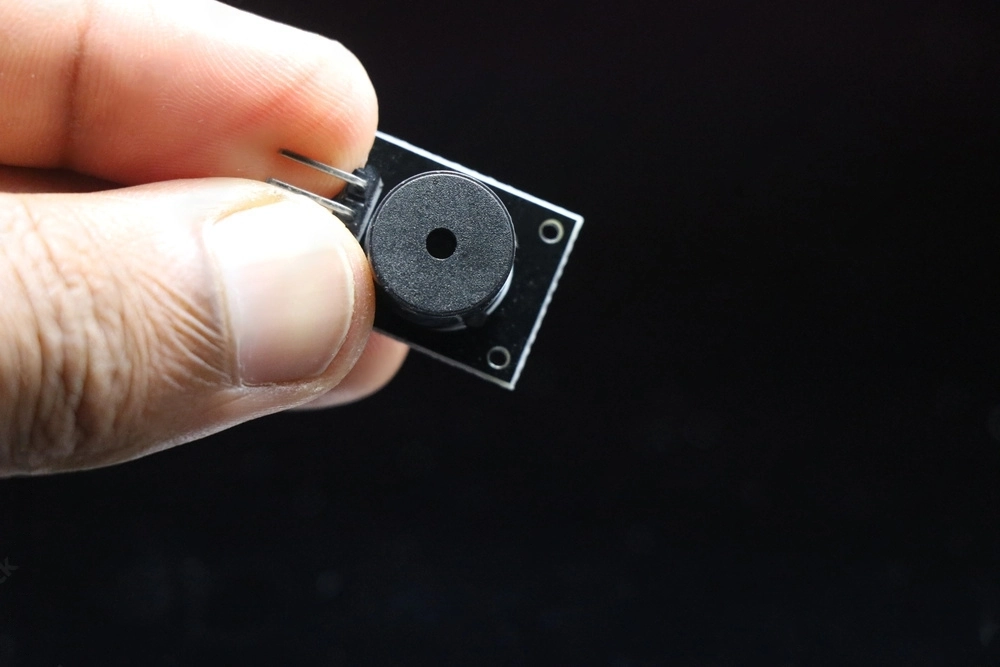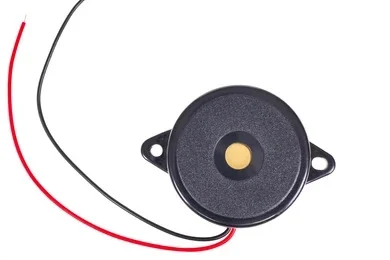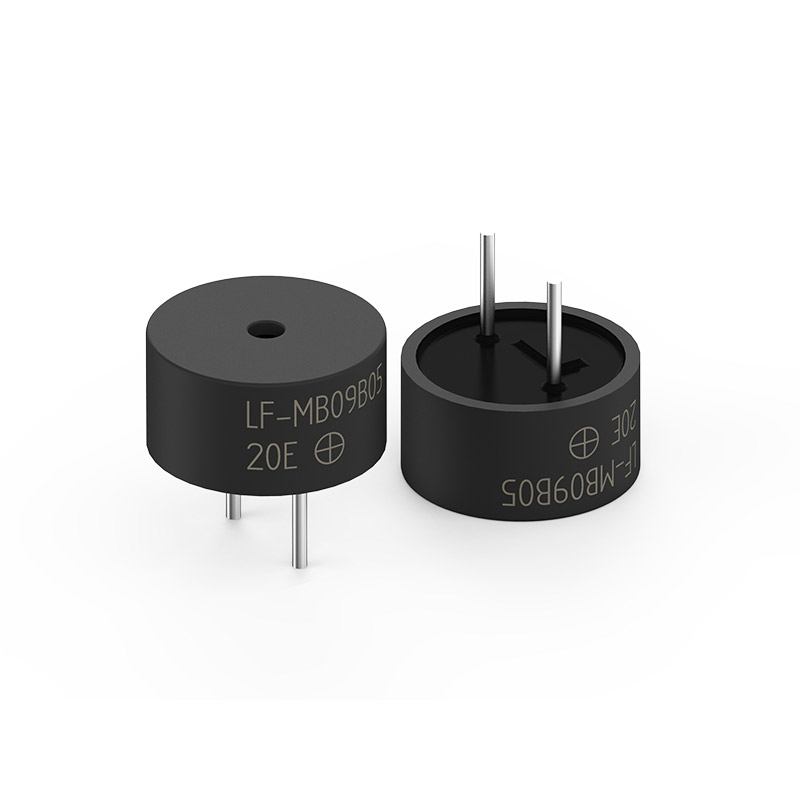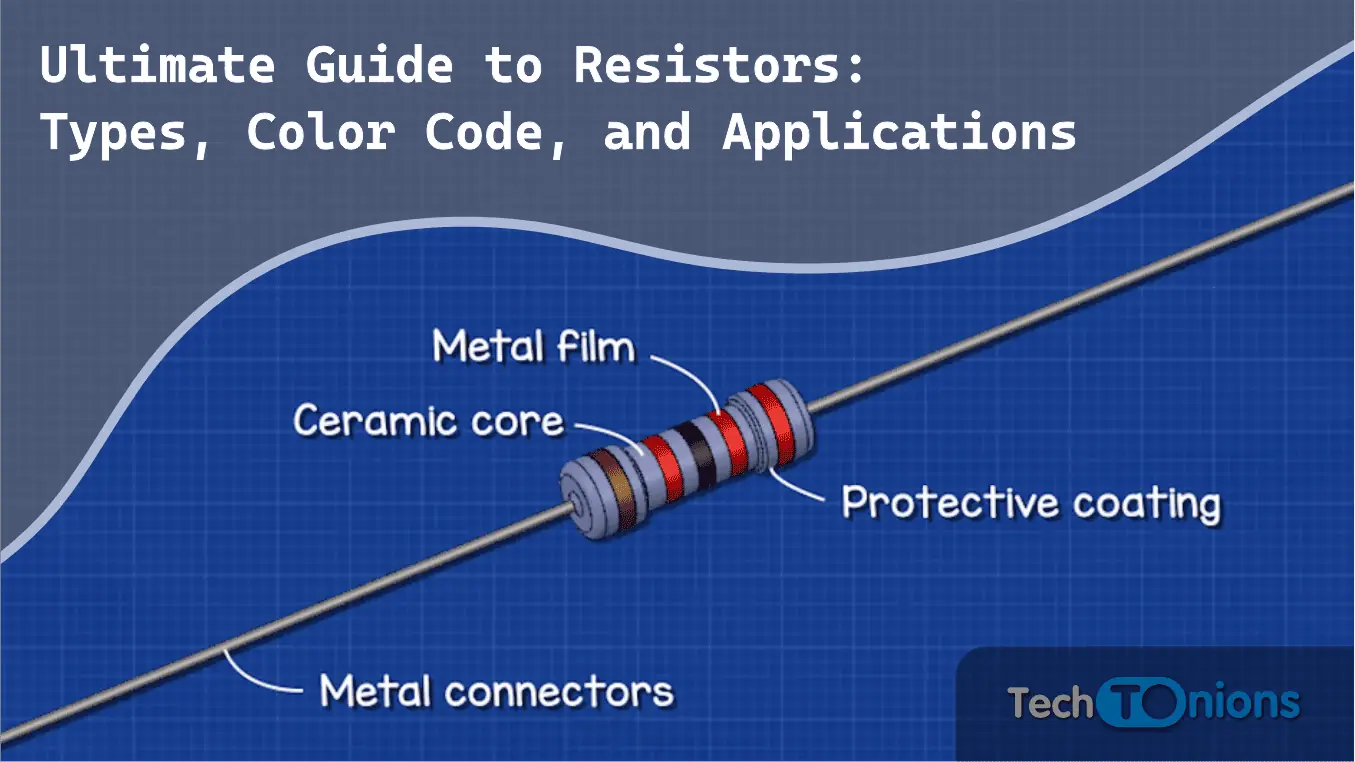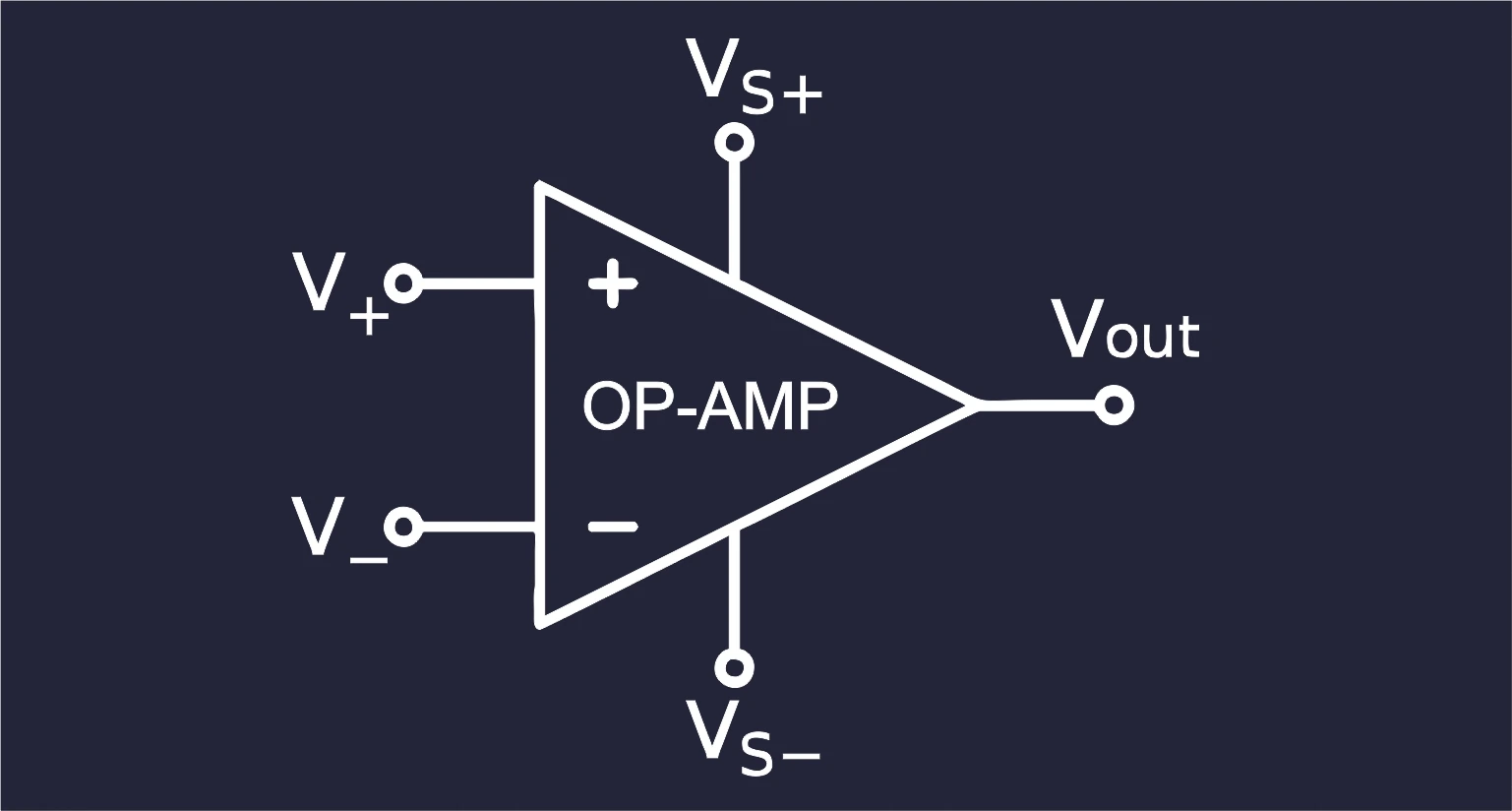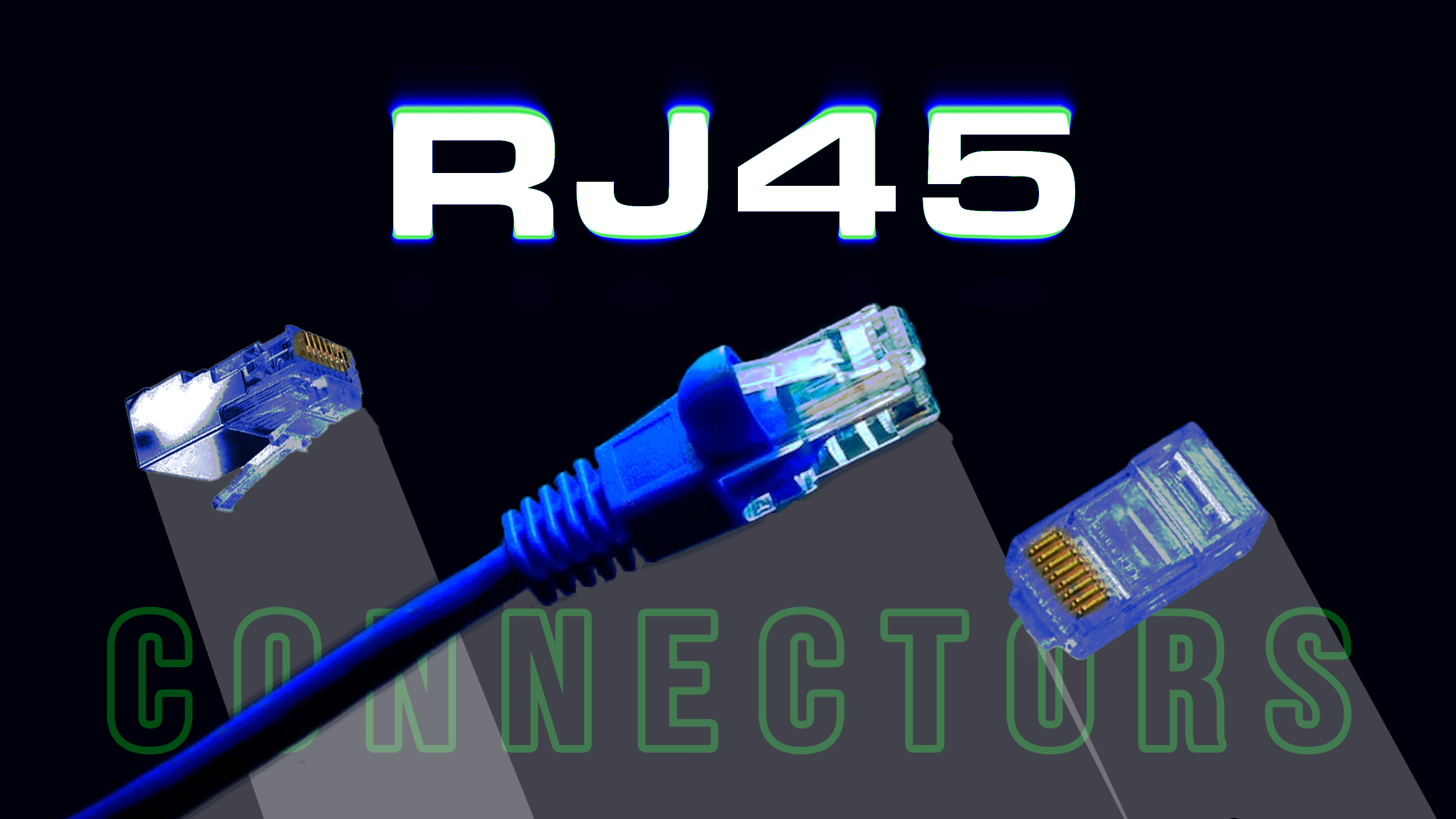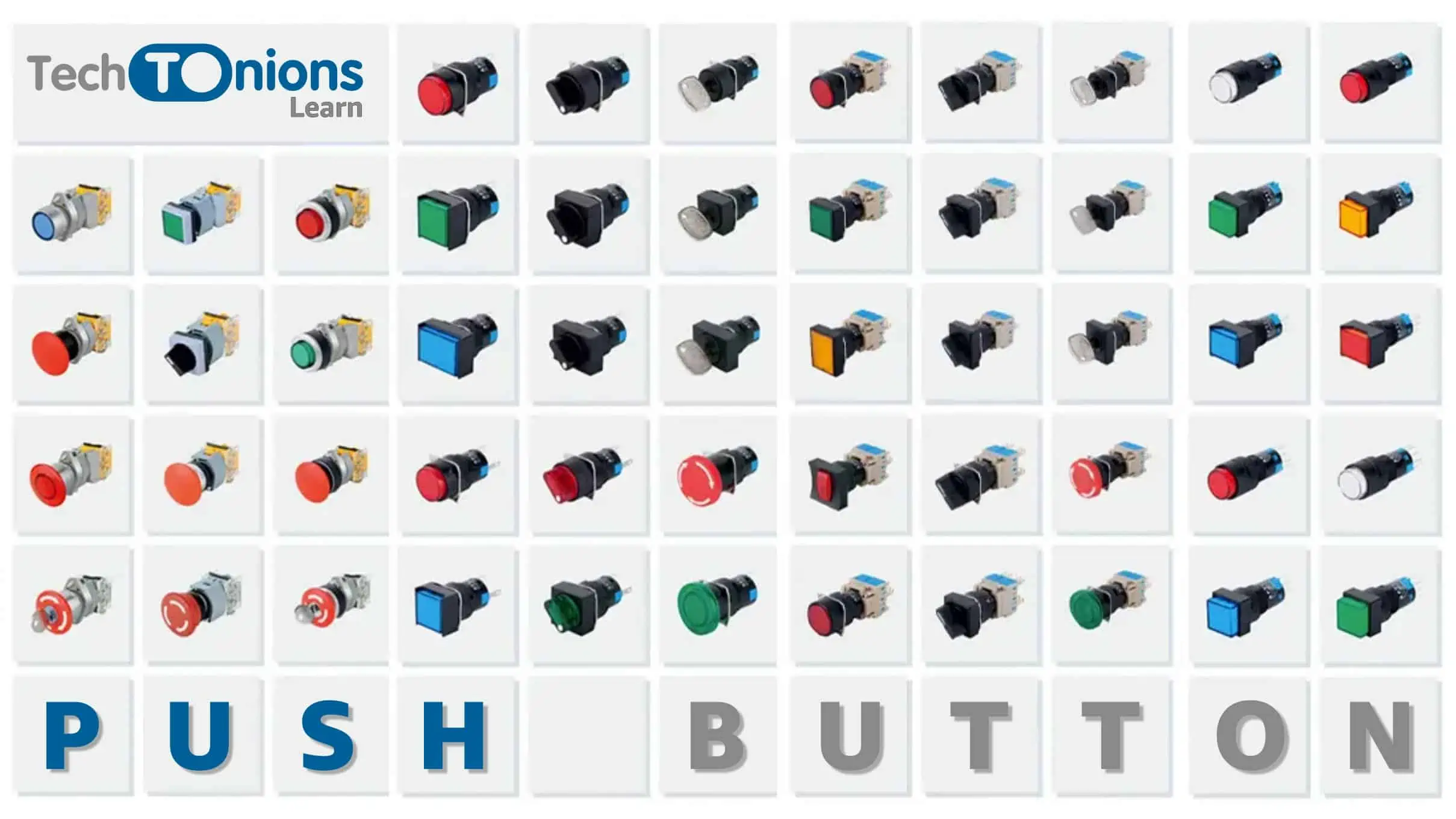What is a Buzzer?
A buzzer is an acoustic signaling device that generates sound when activated. It serves as an audible indicator, delivering important information or warnings to users. Buzzers utilize different technologies to produce sound, with the most common methods being electromagnetism and piezoelectricity.
Electromagnetic buzzers operate on the principle of electromagnetism. They consist of a coil and a diaphragm. When an electrical current passes through the coil, it creates a magnetic field that attracts the diaphragm, causing it to vibrate and produce sound waves.
On the other hand, piezoelectric buzzers employ piezoelectric materials such as quartz crystals. When an electric field is applied to these materials, they deform and create mechanical vibrations, resulting in audible sound waves. Piezoelectric buzzers offer advantages such as compact size, high efficiency, and broad frequency range.
Understanding Buzzer Components
To understand the inner workings of a buzzer, let’s take a closer look at its anatomy. The following diagram illustrates the internal components of a typical buzzer.
A buzzer consists of several key parts, each playing a crucial role in its functionality:
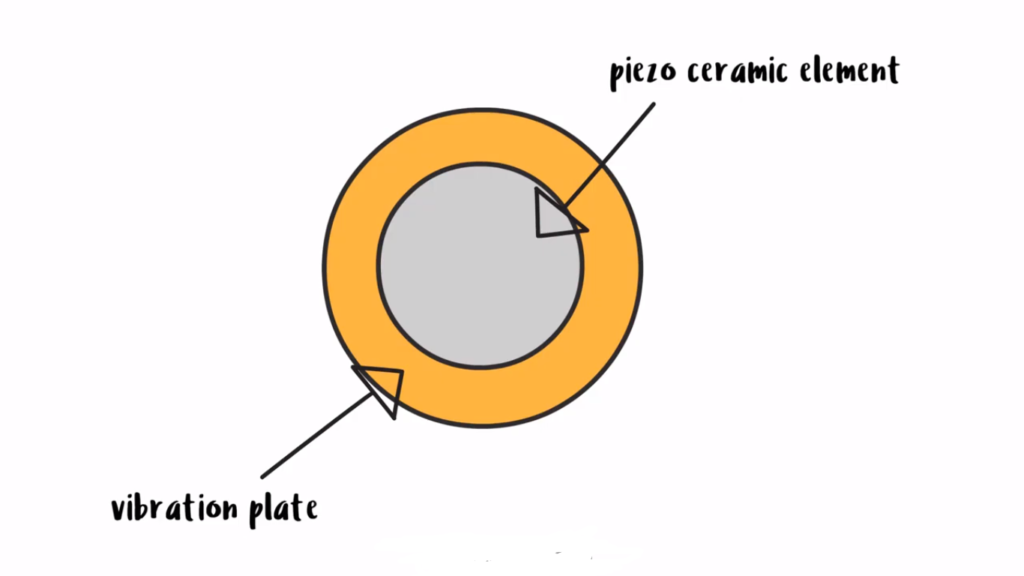
Ceramic element
Ceramics is an electromagnetic component that generates a magnetic field when an electrical current passes through it.
Diaphragm
The diaphragm is a thin, flexible membrane made of materials like metal or plastic. It vibrates when the magnetic field interacts with it, producing sound waves

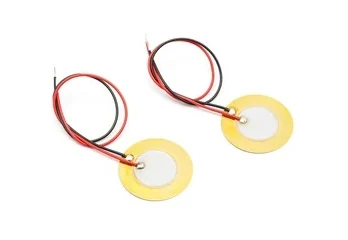
Contacts
The contacts are electrical terminals that connect the buzzer to a power source. It allows the electrical buzzing sound.
Types of Buzzers
There are various types of buzzers available, such as Piezo buzzer, Electromagnetic buzzer, Magnetic buzzer, SMD(Surface mount) buzzer each with its unique characteristics and applications.
Let’s explore some of the most common types:
Electromagnetic Buzzers
These buzzers use electromagnetic principles to produce sound. When an electrical current passes through the coil, it generates a magnetic field that attracts the diaphragm, causing it to vibrate and produce sound waves. The frequency range is from 2 kHz to 4 kHz.
Here are some key features of electromagnetic buzzers:
Features:
- Loud and penetrating sound output
- Relatively simple design
- Wide frequency range available
- Suitable for applications requiring high sound intensity
They are widely used in applications requiring loud and penetrating sounds, such as industrial machinery alarms and emergency notification systems.
Piezoelectric Buzzers
Piezoelectric buzzers utilize the piezoelectric effect to generate sound waves. When an electric field is applied to the piezoelectric material, it undergoes mechanical deformation, creating vibrations and generating sound.
Features:
- Compact and lightweight
- High energy efficiency
- Wide operating frequency range
- Low power consumption
They are compact, energy-efficient, and find applications in devices like timers, watches, and small electronic appliances.
Magnetic Buzzers
Magnetic buzzers operate based on the interaction between a magnet and a coil. When an electric current passes through the coil, it generates a magnetic field that interacts with the permanent magnet, causing the diaphragm to vibrate and produce sound. Here are the key features of magnetic buzzers:
Features:
- High sound quality
- Low power consumption
- Compact design
- Suitable for space-constrained applications
- Long Lifespan
They offer advantages such as low power consumption, and high sound quality, and are commonly found in consumer electronics like mobile phones and home appliances.
Each type of buzzer has its strengths and applications, and the choice depends on the specific requirements of the intended use.
Mounting Types of Buzzers
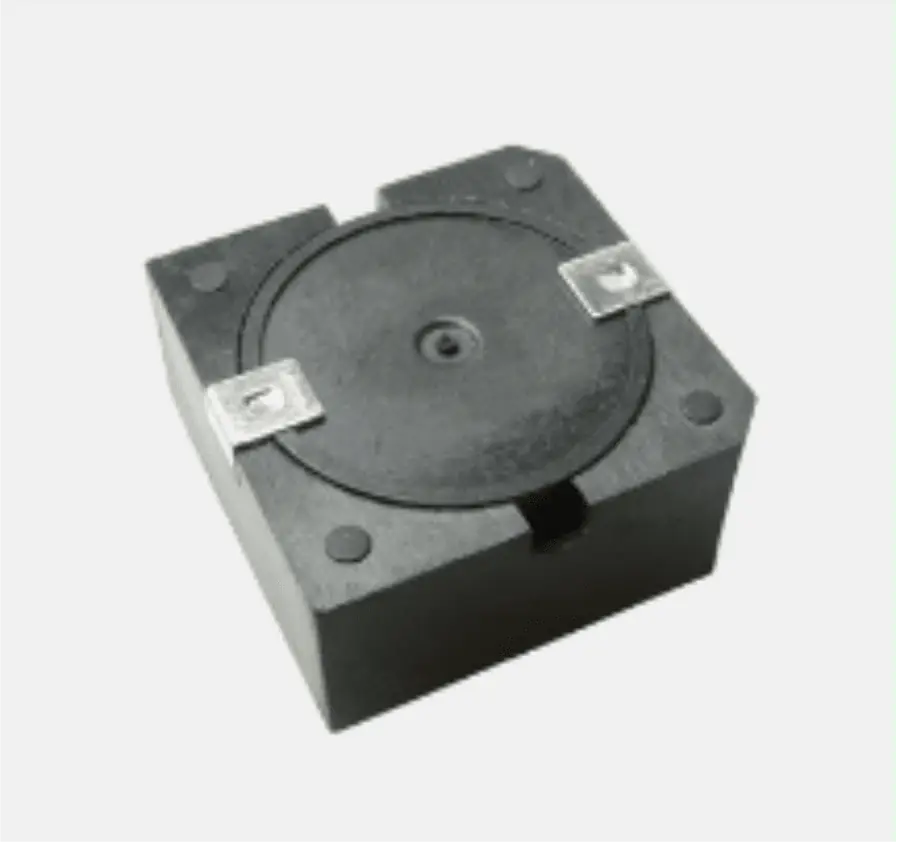
SMD
Ideal for use in small products such as Bluetooth-connected devices, wearable electronic devices, and smart electronic devices such as smart homes.
Through Hole
- Its small size makes it perfect for all kinds of DIY and breadboard projects, as well as for making real electronics.
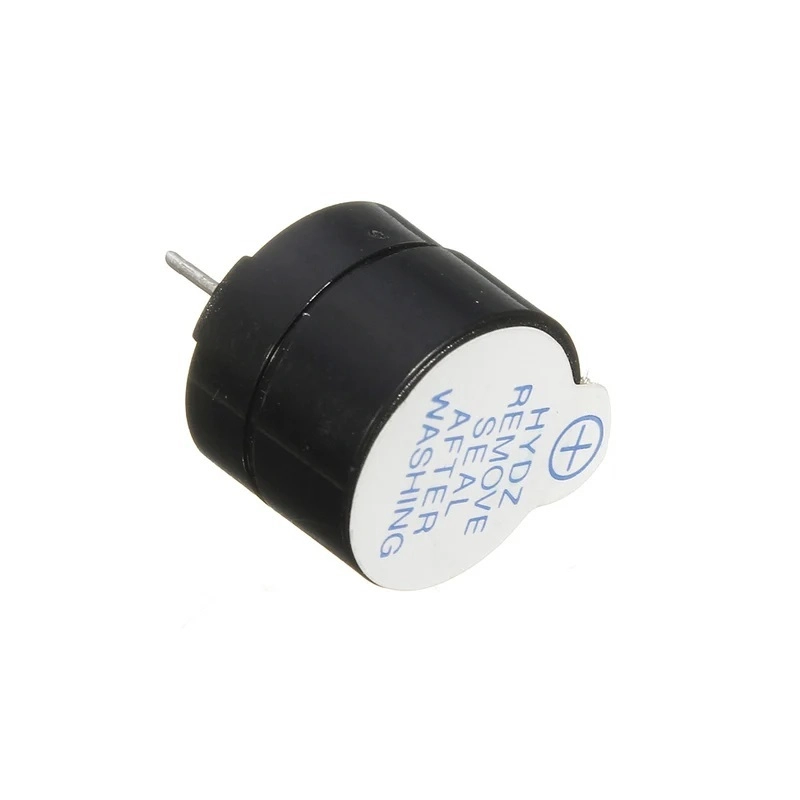
Applications of Buzzers
Buzzers play a vital role in various industries and scenarios, contributing to safety, alarms, notifications, and feedback systems. Their significance can be observed in the following areas:
- Safety: Buzzers are often used as warning signals in hazardous environments, alerting individuals to potential dangers or emergencies. They are found in fire alarm systems, security systems, and industrial equipment to ensure prompt action and mitigate risks.
- PCB Design: In electronic systems, such as PCBs (Printed Circuit Boards), buzzers find a wide range of applications due to their versatile functionality. In PCB designs, buzzers can be integrated to indicate various events, such as power on/off, system errors, or specific actions taken by the device.
- Notifications: Buzzers provide auditory notifications in electronic devices such as smartphones, tablets, and computers. They alert users to incoming calls, messages, and other important events, enhancing user experience and ensuring timely responses.
- Feedback Systems: Buzzers are employed in various feedback mechanisms to indicate the completion of a task or confirm user actions. For example, in home appliances like washing machines or microwave ovens, buzzers signal the end of a cycle or provide error notifications.
- Alarms: In everyday life, buzzers are integrated into devices like doorbells, burglar alarms, and vehicle anti-theft systems. These audible alerts help notify occupants of events and ensure security.
The importance of buzzers in these contexts cannot be overstated, as they contribute to the efficient operation, safety, and user interaction of modern electronic devices.
Choosing the Right Buzzer for Your Application
When selecting a buzzer for a specific application, several factors need to be considered, such as sound output, power requirements, size constraints, and environmental conditions. Here are some guidelines to help you choose the right buzzer:
Sound Output
Determine the required sound intensity and volume for your application. Buzzer size affects volume and frequency. Electromagnetic buzzers generally have a size of 7 to 25 mm, and piezoelectric buzzers generally have a size of 12 to 50 mm.
Power Requirements
Consider the power supply available and the desired power consumption of the buzzer. Piezoelectric buzzers are known for their low power consumption, making them suitable for battery-operated devices.
Size Constraints
Evaluate the available space for the installation of the buzzer. Piezoelectric buzzers are compact and lightweight, making them ideal for applications with limited space.
Environmental Conditions
Consider the operating environment, including temperature, humidity, and vibration. Some buzzers, such as magnetic buzzers, are designed to withstand harsh environmental conditions.
In Summary
In conclusion, buzzers are integral components of electronic devices that serve as acoustic signaling devices. They come in various types, including electromagnetic, piezoelectric, and magnetic buzzers, each with its unique characteristics and applications.
Buzzers play a significant role in safety, alarms, notifications, and feedback systems across industries. From doorbells to fire alarms, timers to game consoles, and medical devices, their practical uses are diverse and essential.
Understanding buzzers and their applications helps us appreciate their importance in modern electronic devices.
